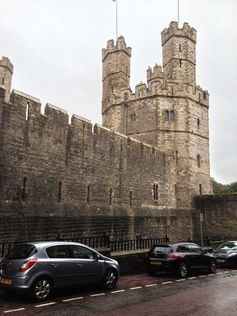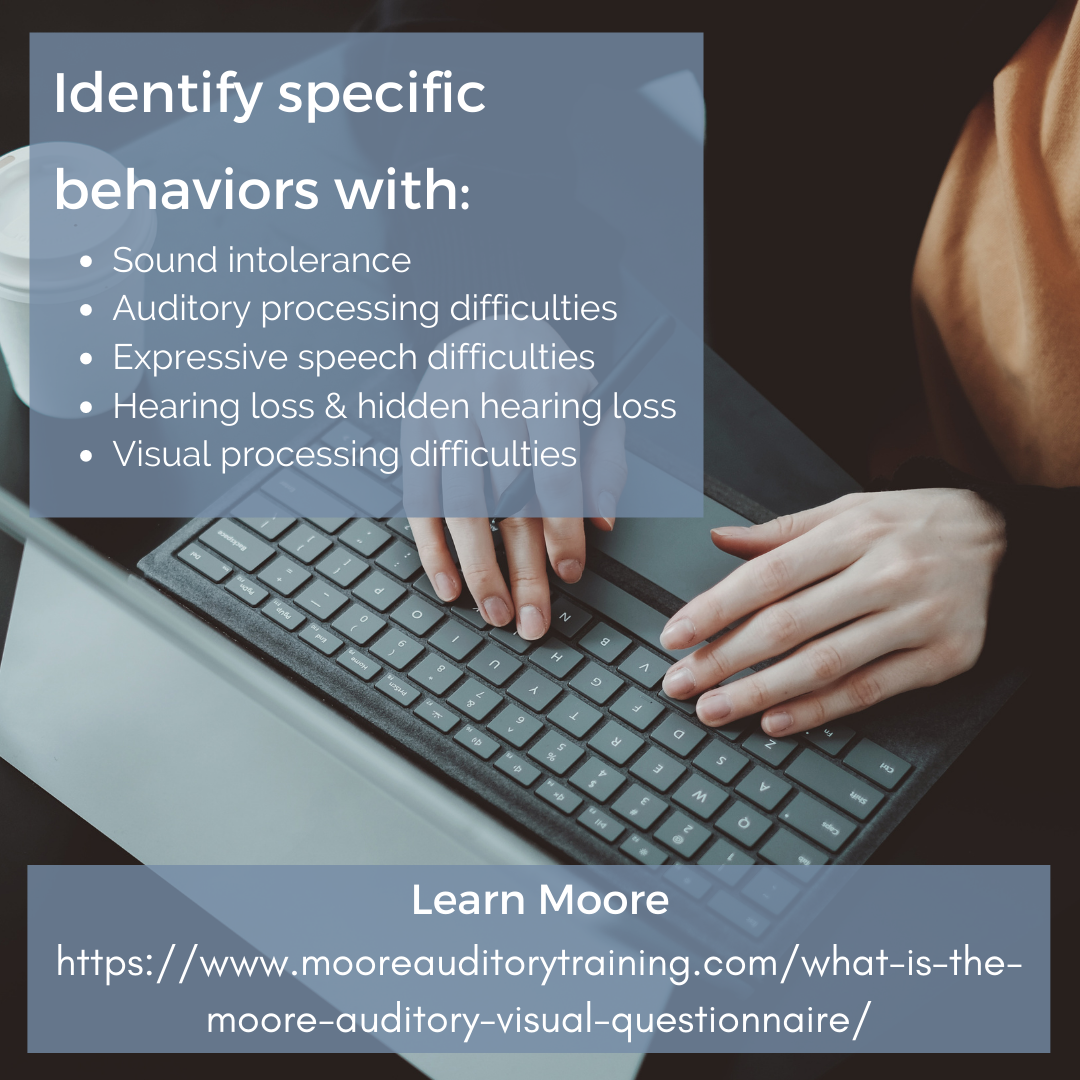Imagine you’re in a city you don’t know and need to find the way to the train station. You ask a stranger in the street, and she answers: “Walk east for 144ft, turn right towards the main road for 26ft, continue straight onto the main road for 377ft. Your destination will be on the left.” You would probably think she sounded robotic – more like a digital route-finding system than a human being. And you’d be right.
Most digital navigation systems, whether online (such as Google Maps) or location-based (such as a GPS), give directions based on precise quantitative information, such as measurements in feet or metres. By contrast, humans are much more vague – they might just say to head in a particular direction “for a minute or so”. And instead of being given a compass direction, you’d expect a human to point you in the right direction with a simple gesture.
The upshot is that while a friendly stranger will tell you to “turn right at the castle”, digital systems seem to have trouble using landmark information.
LOST WITHOUT LANDMARKS
This can be a problem. As wayfinders, we orient towards landmarks: highly visible buildings, or other salient objects, which we can easily remember in a description and recognise in the environment. We don’t like to rely on numbers and abstract spatial directions, and we find instructions such as “go east for 144ft, then straight for 377ft” to be utterly counterintuitive. This isn’t how human beings think or talk about space.
This isn’t such a big issue if your purpose-built GPS is giving you a constant visual prompt, and a countdown until your turn, as many in-car devices do. But if you’re using a set of instructions that you’ve saved or printed out from an online source, it is very difficult to say where 377ft ends – unless you happen to be carrying a distance meter.
In fact, we don’t need precise turn-by-turn information at all. In the case of many little streets in a city centre, for instance, we can simply head in the direction that we know the goal to be. Alternatively, we can rely on the main street network to guide us, even if that means taking a slightly longer route. In short, we use wayfinding strategies to avoid having to remember all the details or having to calculate the optimal path. These strategies make wayfinding easier, and we often incorporate them when giving directions. This way, we don’t overload others with information, but usually provide just the right amount of detail.

Digital systems are far less considerate, and far less flexible. Whenever humans recognise a particular part of a route to be tricky, they will add further handy information for guidance. A system, however, will simply continue giving information in the same format: “east for 144ft, straight for 377ft”.
TRUST ISSUES
Imagine that the route you’ve been given instructs you to “turn left at the castle”. But when you get to the castle, you find that there’s only a road to the right, or an option to turn left later. Now you’ve got a choice: either turn right at the castle or turn left – but not at the castle. The route giver was obviously mistaken – hardly a big surprise.
When a stranger asks for directions, most people find that the perfect route description doesn’t naturally come straight to mind. Even with excellent local knowledge, humans never really have a complete “cognitive map”. Instead, our minds operate economically: we remember what we need to, and provide the relevant information when asked for it, as far as possible.

As a result, route directions might not always be entirely correct, and they are certainly not complete. There’s a lot more information in any spatial environment than we can possibly include in a route instruction. All this might easily lead to the ambiguous situation you’re now confronted with: when you have to decide whether to go with the spatial direction (left), or rely on the landmark (castle). What will you do?
Research shows that the surprising answer is that your decision depends on where the instructions came from. If your source was a human being, you’re most likely to rely on the landmark. Your friend said “at the castle” – so that’s where you’ll turn. After all, she might have imagined coming from a different direction, or just confused left and right, as so many people do.
But if your source was a digital system, the situation is different. Such technology is highly unlikely to imagine coming from a different direction or confuse left and right. But when it comes to landmarks, you might be a bit skeptical. Most current systems don’t have landmark information – or if they do, there’s always the possibility that their database is inaccurate or out of date. For whatever reason, you’re less likely to trust navigation systems to incorporate landmarks correctly into their routes.
If developers hope to create intuitive and reliable route generation systems, they should reflect what’s important to the people who are using them. This means adopting the natural concepts and strategies we use for wayfinding, as much as possible. Adding long-standing landmarks into the mix is a great place to start – indeed, it looks like key developers are already on their way.









